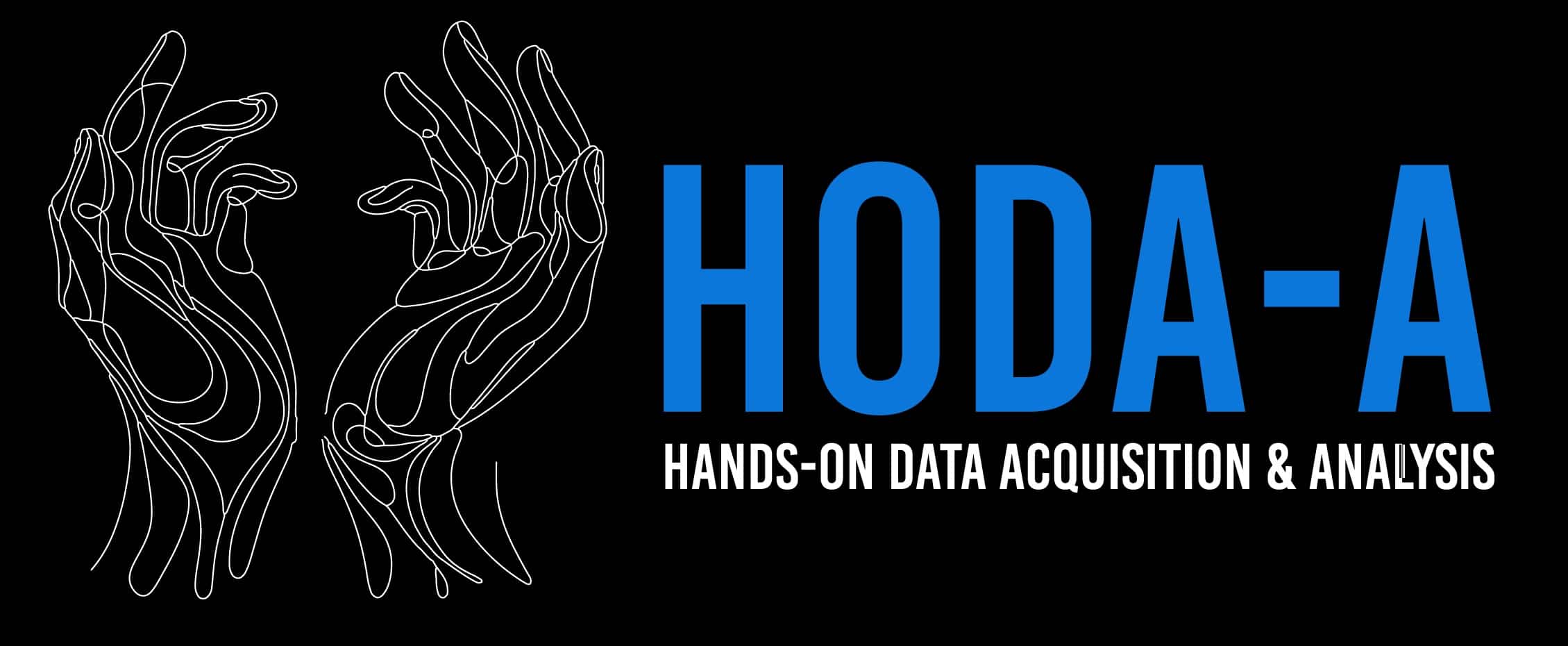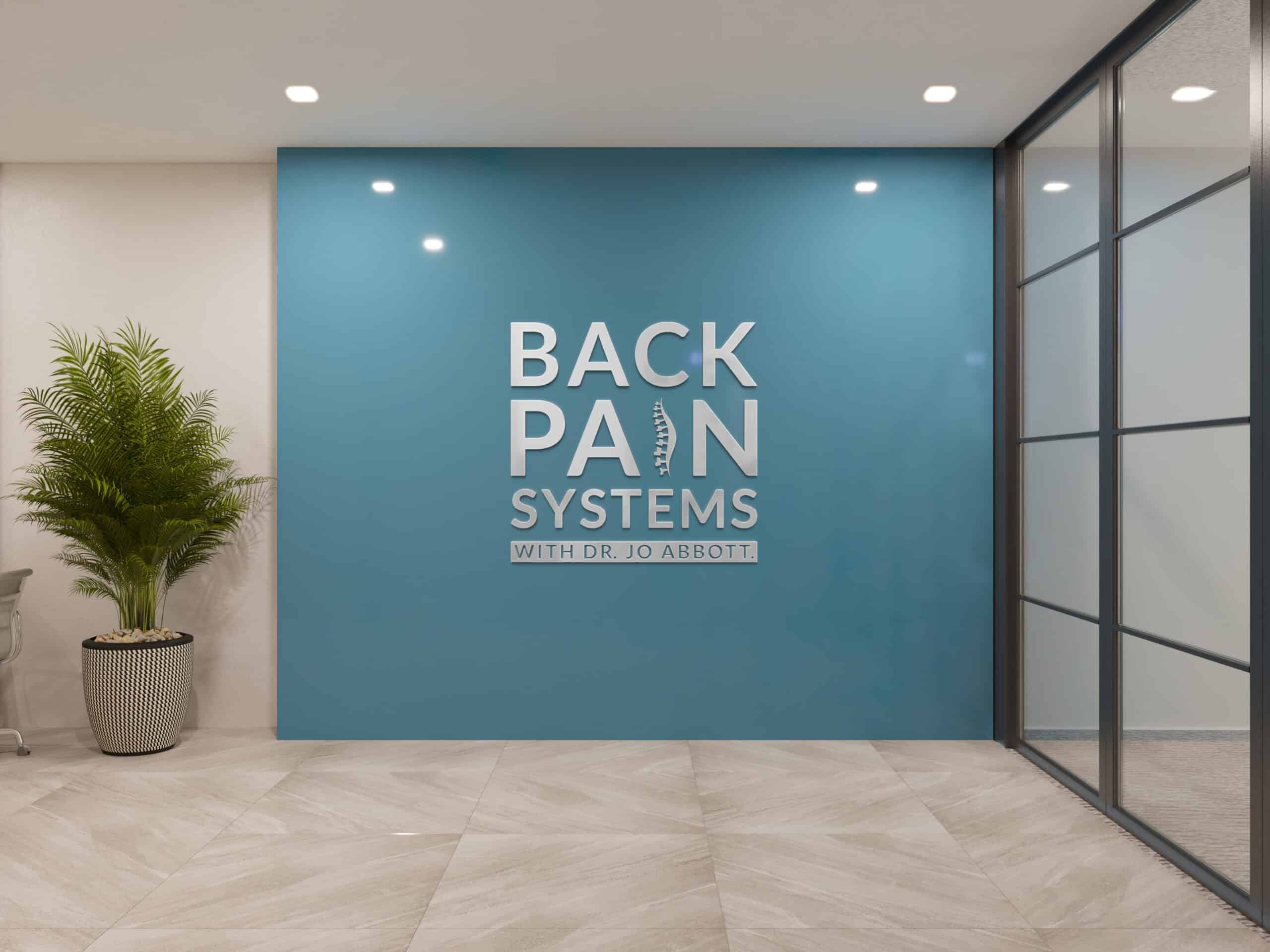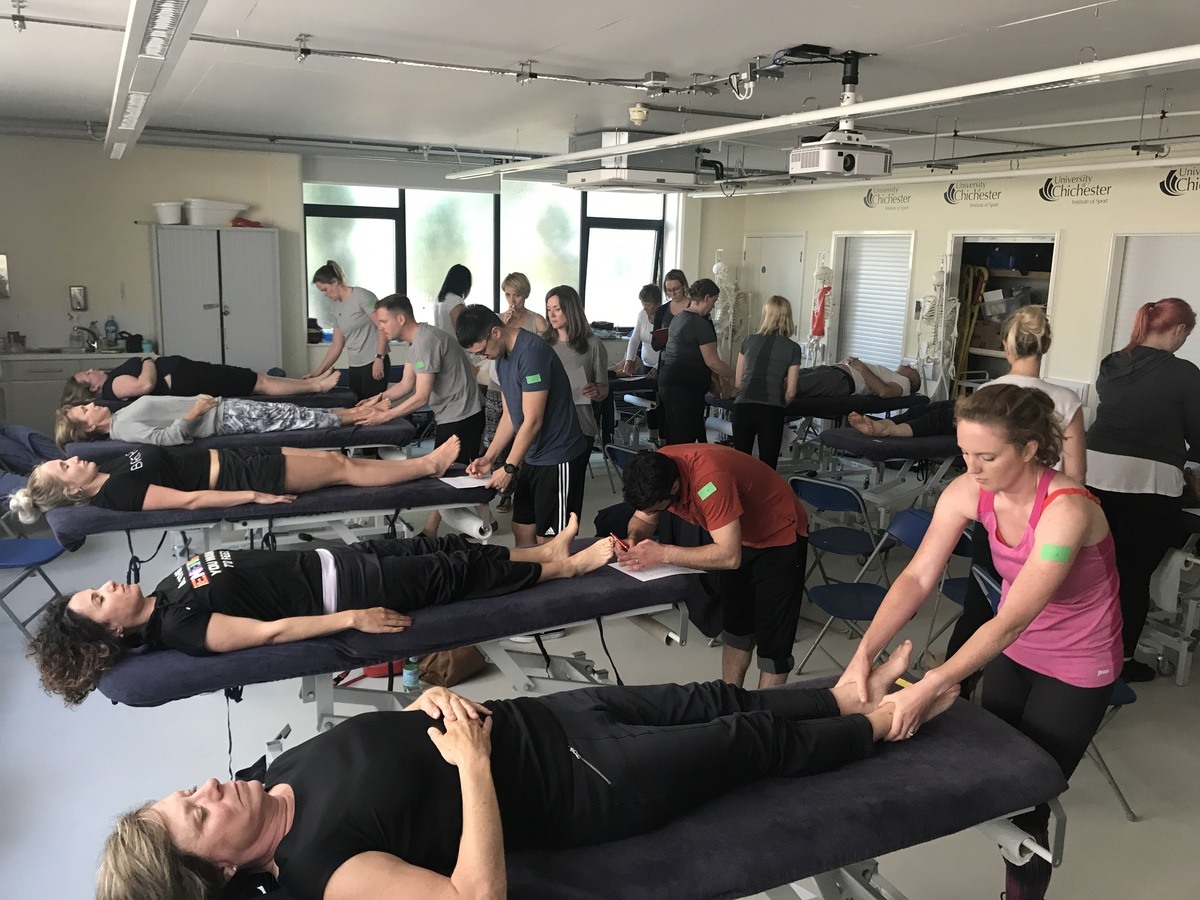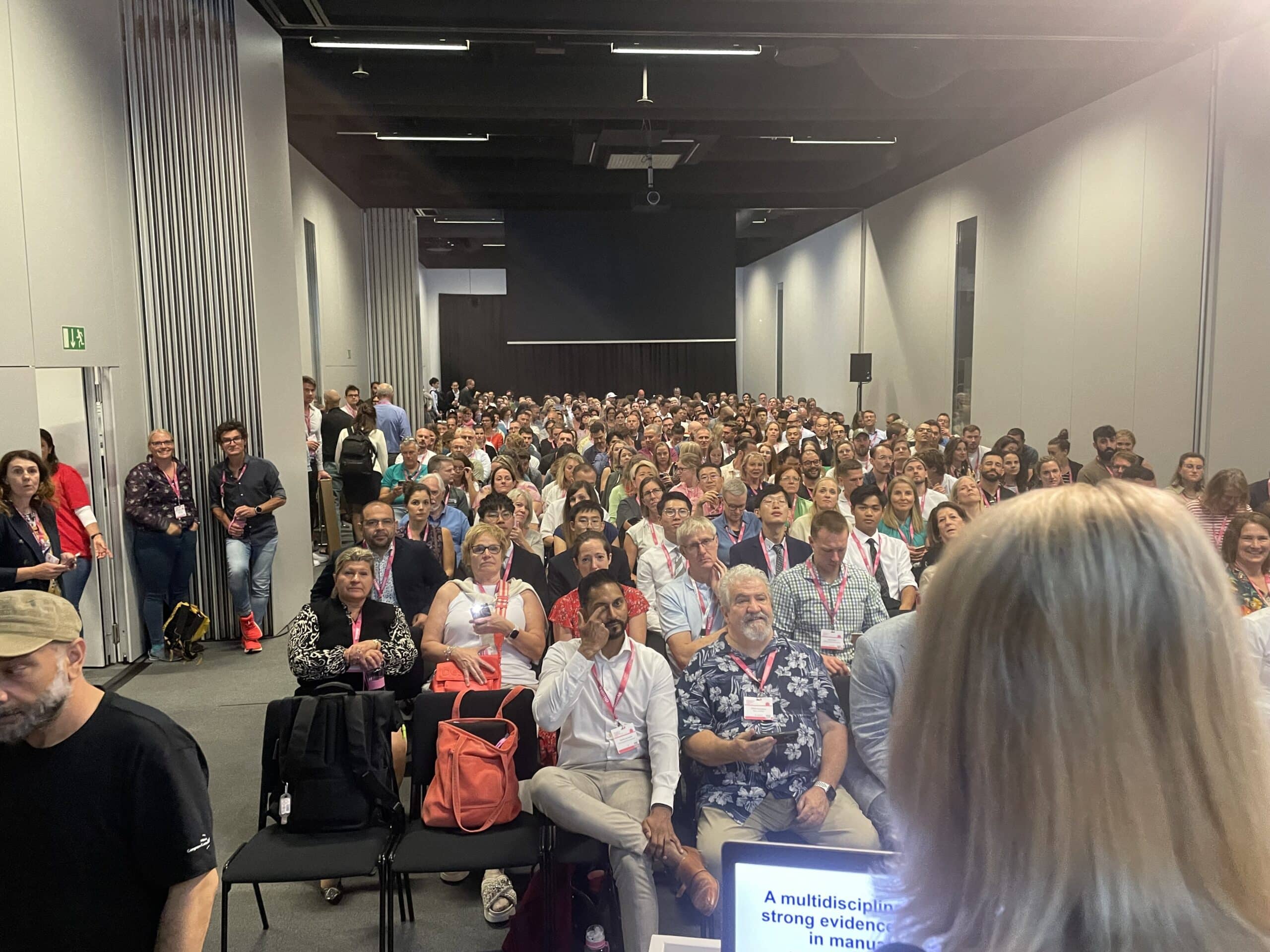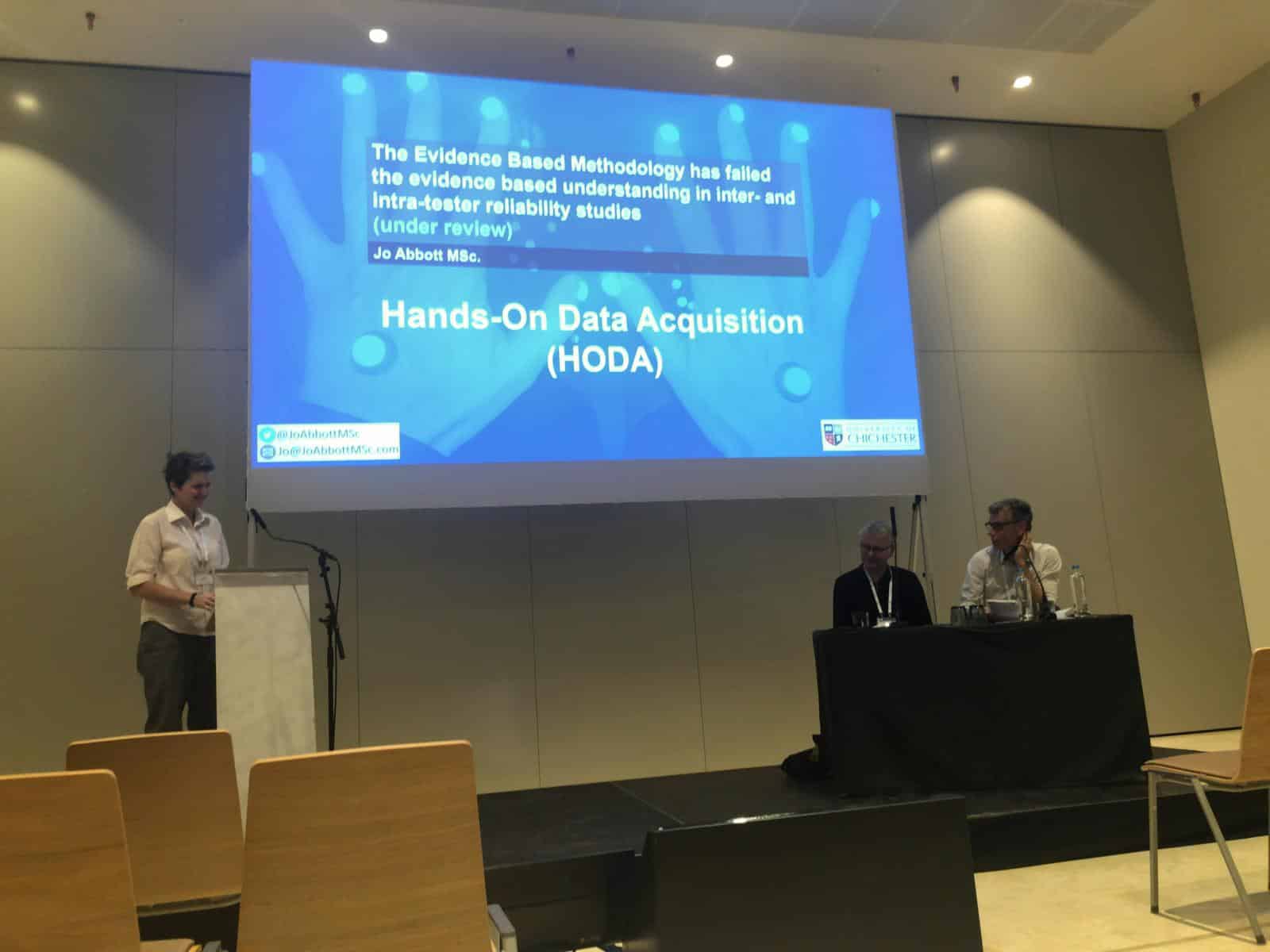Learn it. Feel it. Reimagine clinical touch. Join Dr. Jo Abbott for two powerful, free 1-hour webinars designed to introduce and activate the HODA-A approach. Free to attend. Open to all clinicians using touch in practice.
Join the first-ever HODA-A Certification cohort — a groundbreaking, evidence-based training in calibrated touch, clinical palpation, and hands-on diagnostics. Build skills that are measurable, defensible, and essential for the future of manual therapy.
Ready to move from pain, fear and frustration to freedom, strength and confidence? This is not just another back pain programme. It’s a pioneering brain-based RESET that rewires pain from the inside out.
Are you a physiotherapist ready to revolutionise your hands-on assessment skills? Do you want to learn how to transform your clinical touch into a precise, evidence-based diagnostic tool? Then HODA-A: Hands-On Data Acquisition & Analysis is for you.
“SUFT Congress: The next best interventions”
Helsinki on 6-7th June 2025
@ National Olympic Training Center URHEA
For the first time in history HODA-A has been exposed to validity testing, offering substantial insights into the necessary measurement theories and conceptual framework needed for HODA-A to be used as a valid measurement instrument in MSK healthcare.
This study aimed to deductively investigate the observation-based and touch-based methods a tester uses during hands-on data acquisition. Are we only collecting data from the subject?


